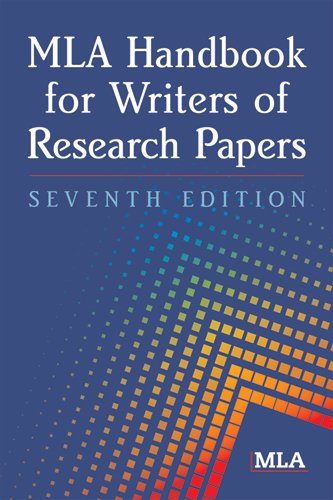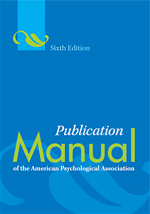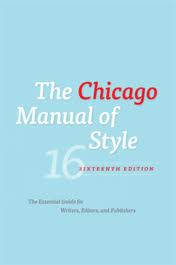
Why and How to Give Credit for Information

If you fail to cite your sources properly in a paper, it may be considered plagiarism.
Plagiarizing someone's work is unethical and it is illegal. Copyright law protects an author's work from being copied without his/her permission. In order to comply with the law, you should always credit the source. If you plagiarize a work, you may be sued by the author or you could fail your course.
All materials that you have quoted (left in the author's original language) or paraphrased (put into your own words) must be cited in order to give the author/creator credit for the work and to allow readers to retrieve the information to review it.
If you are ever unsure of whether or not you should credit an outside source within a paper you're writing, give credit; it's better to be safe than sorry!
What Needs to Be Acknowledged or Credited?
What Does Not Need to Be Acknowledged or Credited?
Other Forms of Plagiarism
FOR IN-DEPTH HELP ON AVOIDING PLAGIARISM, CONSULT A LEARNING ASSISTANT IN THE TUORING/WRITING CENTER OF THE LEARNING COMMONS.
Look through this tutorial from the University of Maryland, University College, to get more information on avoiding plagiarism.The complete tutorial takes about 30 minutes. If you just need information on direct quotations or paraphrasing, for example, click only on those modules.
Another option? Watch this video, Plagiarism: How to Avoid It from Bainbridge State College in Georgia: (Be sure to use headphones, if you are watching it in the Library.)
c. 2010 Bainbridge State College



There are a number of styles that can be used for organizing and writing documents and for citing sources. Three major ones are the Modern Language Association (MLA) style, the American Psychological Association (APA) style, and the University of Chicago style.

Modern Language Association (MLA) format is primarily used for papers in the humanities.Credit should be given within the text of a paper immediately following a quote or paraphrased section. The MLA format also requires a page at the end of the paper (Works Cited) with sources listed alphabetically by author or by the first significant word in the title of the material.
Here is a guide from the FCC Library to citing both within the text and in the list of Works Cited. (Just click on the link to open, read or print the guide, then close the window to get back to the Orientation. )
A sample research paper and the newest guidelines for citing sources may be found at the Hacker Handbook MLA Website. Close the window to either of these Web pages to get back to the Library Orientation

American Psychological Association (APA) format is used for papers in the social sciences. Credit should be given within a paper immediately following a quote or paraphrased section. APA format also requires a page at the end of the paper (References) with the sources listed alphabetically by author or by the first significant word of the title of the source.
Here is a guide from the FCC Library to both citing within the text and in the References list. (Just click on the link to open, read or print the guide, then close the window to get back to the Orientation. )
A sample manuscript and a guide for citing sources according to the latest edition of the APA syle manual may be found at Purdue University's Online Writing Center A tutorial with sample papers and references may be found at the APA's Website (use headphones to listen to the tutorial). Close the window to these Web pages to get back to the Library Orientation.

The University of Chicago format is used in some social sciences publications and most history papers and articles.
The Chicago style offers writers a choice of several different formats. It even invites the mixing of formats, provided that the writer is consistent. The Chicago style also provides for variations in styles of citations in the text or for footnotes and endnotes, depending on whether or not there is a full bibliography at the end
Here is a guide to citing information from FCC's Writing Center. (Just click on the link to open, read or print the guide, then close the window to get back to the Orientation.)
Here is a link to The Chicago Manual of Style Online from the official site for the manual. Close the window to either of these Web pages to get back to the Library Orientation.
